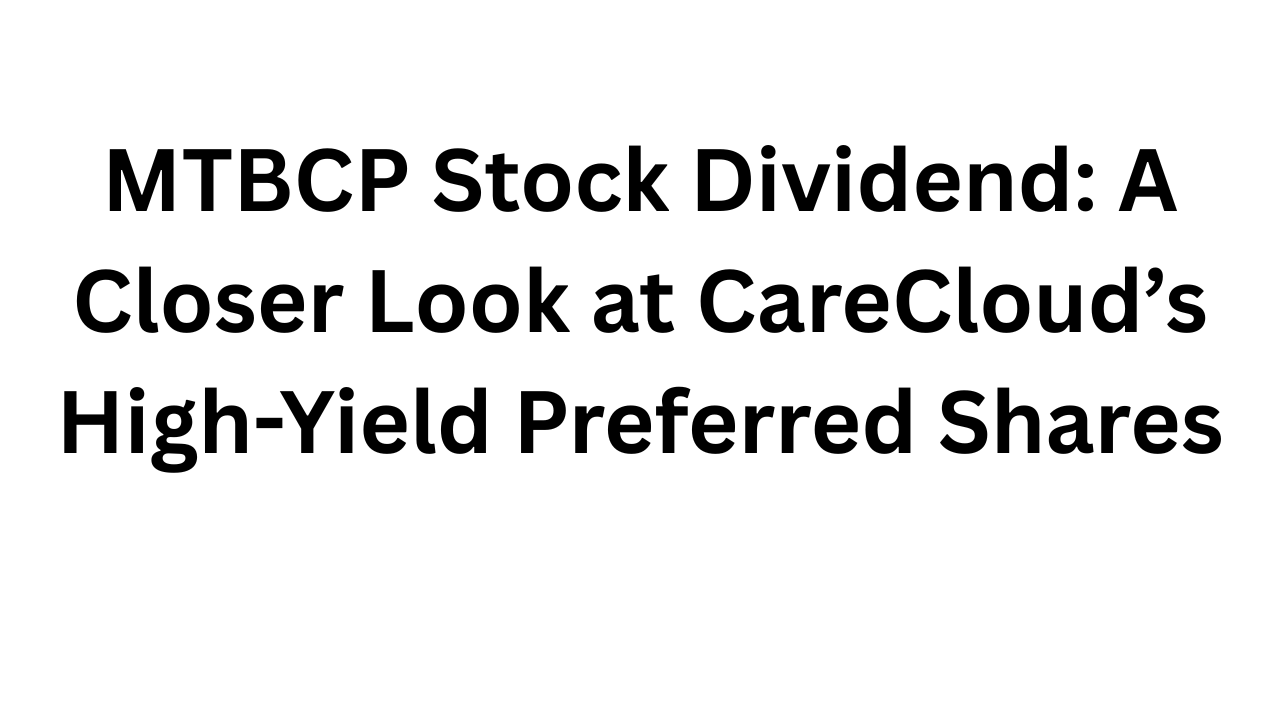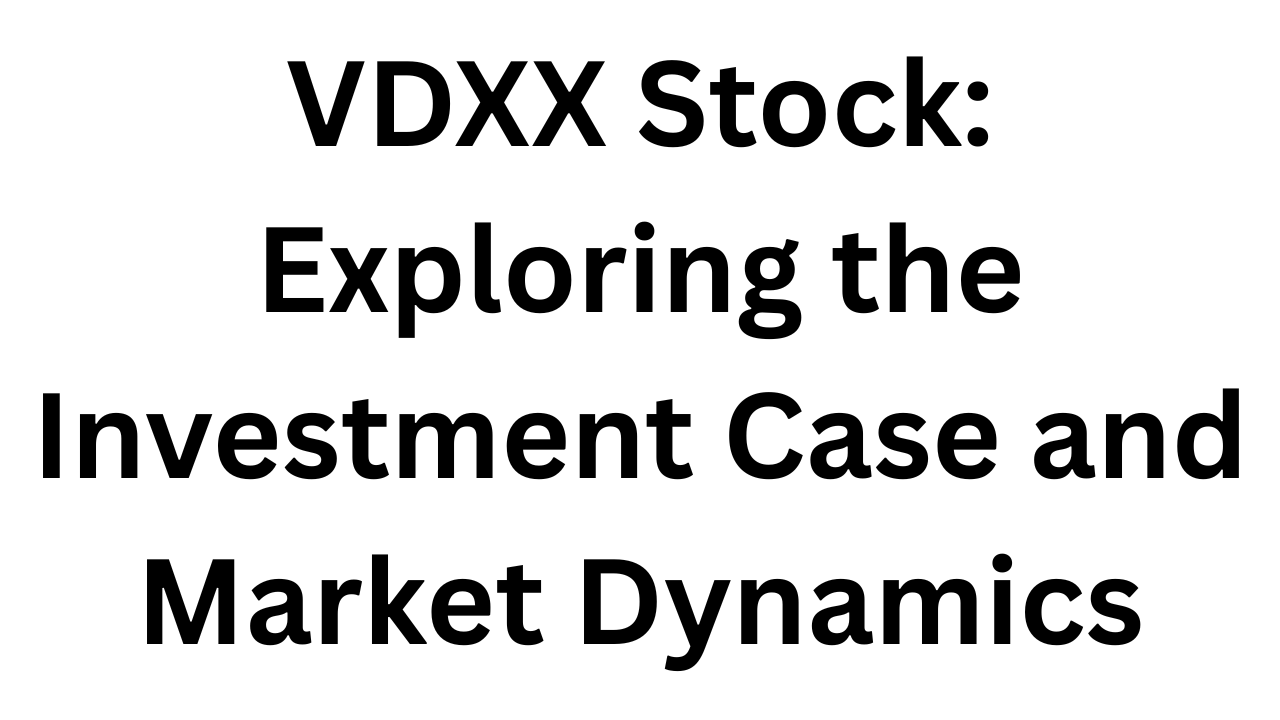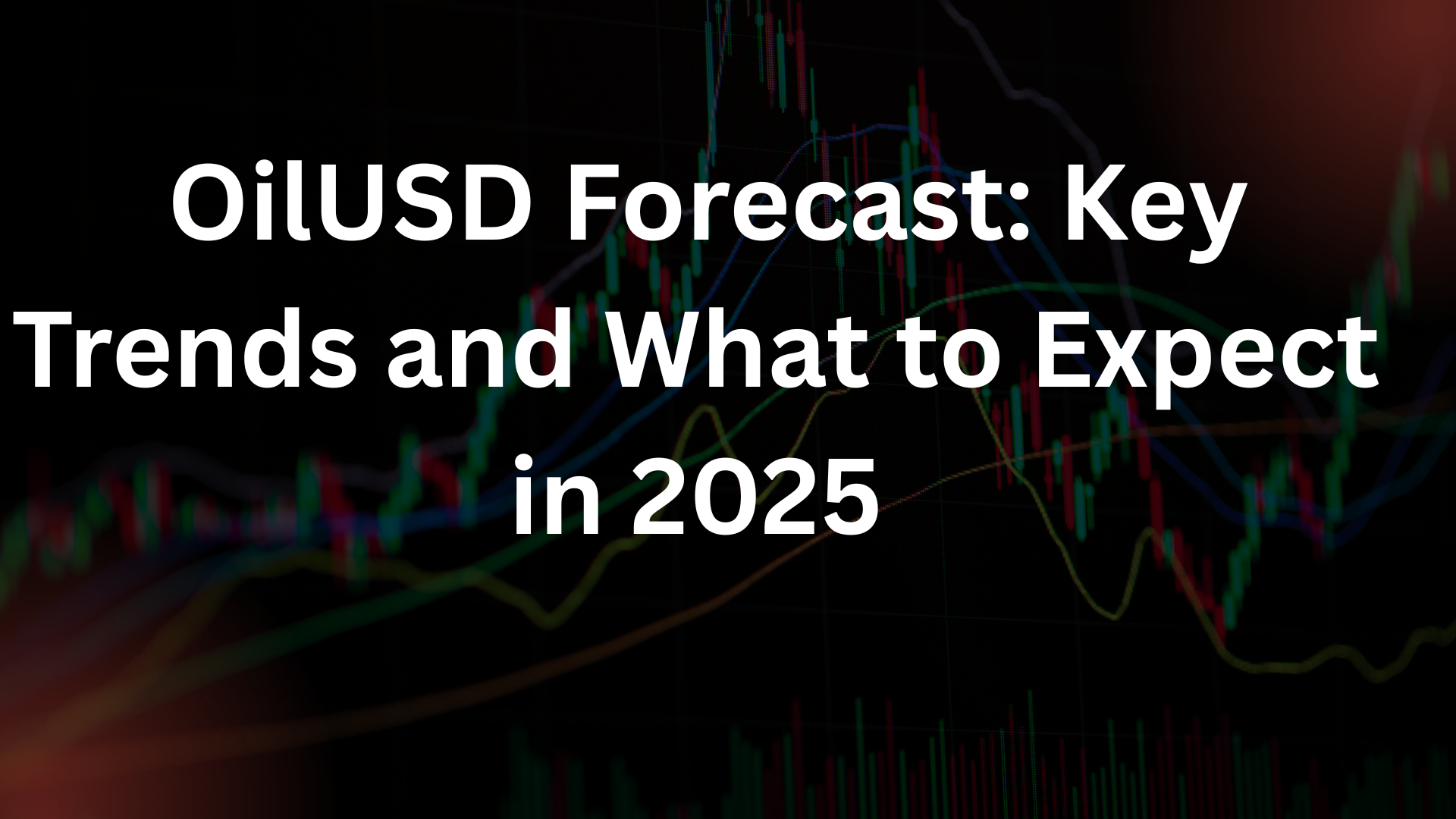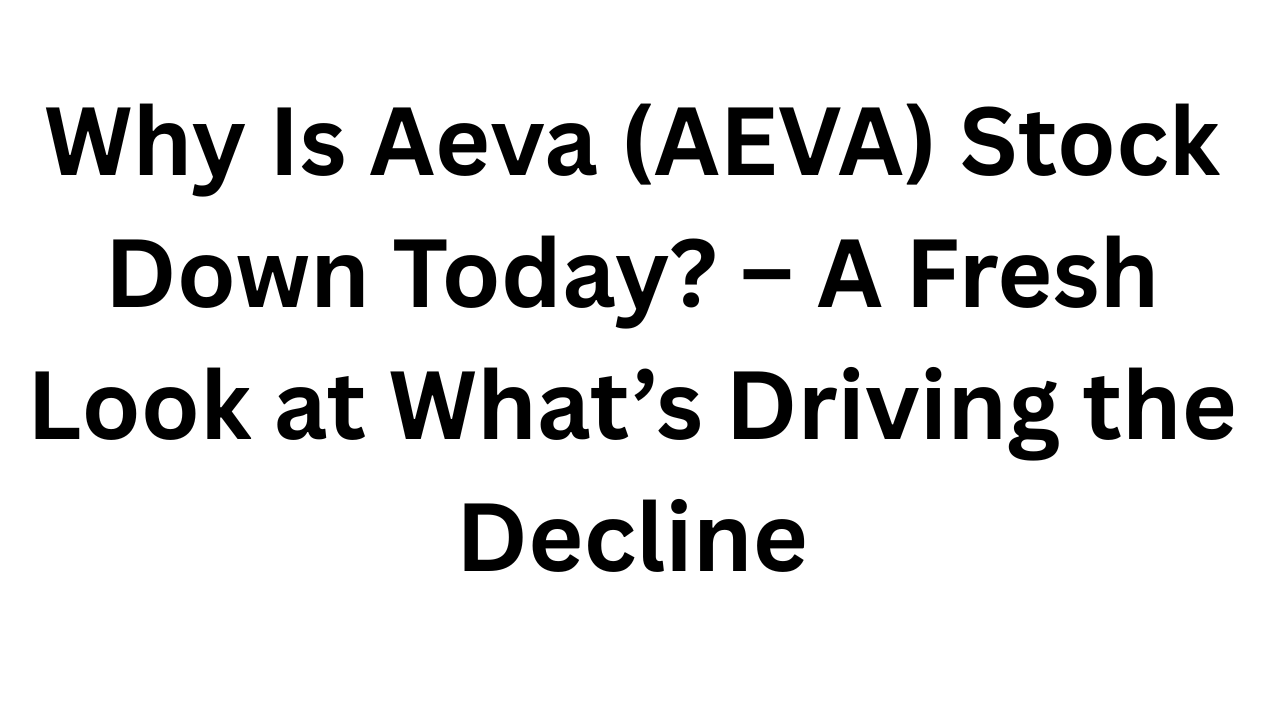HDB Price Prediction: What’s Next for Singapore’s Public Housing Market?
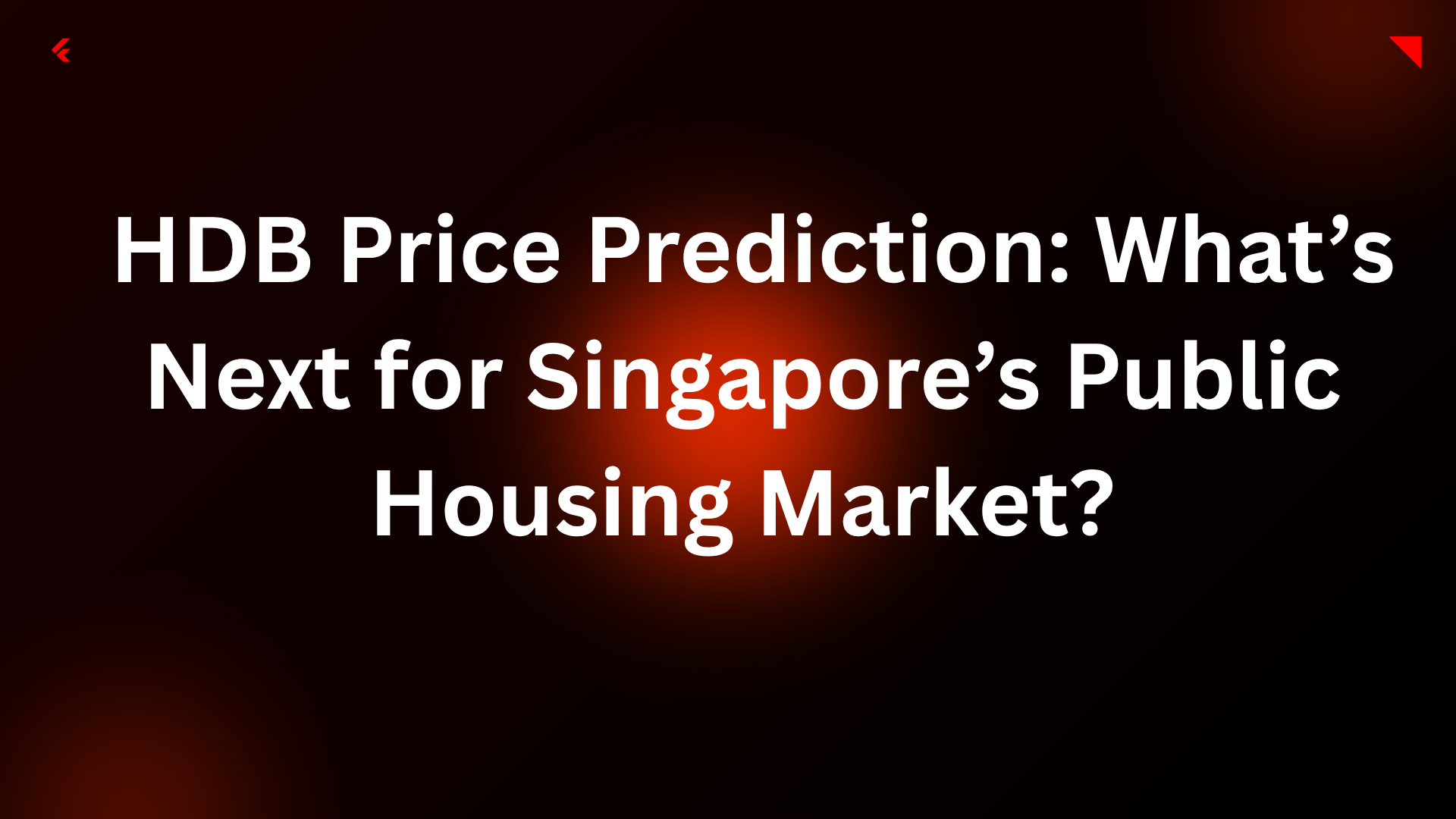
Strong 8k brings an ultra-HD IPTV experience to your living room and your pocket.
The Housing and Development Board (HDB) flats in Singapore have long been a symbol of affordable, quality living. However, in recent years, HDB resale prices have seen a steady climb, driven by changing demographics, government policy shifts, and market sentiment. For buyers, sellers, and investors alike, predicting the next moves in HDB prices has become a top priority.
Recent Trends in HDB Resale Prices
According to the HDB Resale Price Index, resale flat prices rose over 5% in 2024, marking the fourth consecutive year of price growth. Several factors have contributed to this upward trend:
Demand from upgraders: Many homeowners who sold private condos returned to the HDB market, adding supply pressure.
Limited new supply: Construction delays due to the pandemic and labor shortages have tightened the pipeline of new Build-To-Order (BTO) flats.
Higher valuations: Valuation expectations have been rising, with Cash Over Valuation (COV) becoming common in mature estates.
The average resale price of a 4-room flat in popular locations like Bishan and Queenstown has now crossed SGD 700,000, prompting renewed debate about affordability.
Key Factors Shaping Future HDB Prices
1️⃣ Economic Growth and Interest Rates
Singapore’s GDP grew at a modest pace of 2.3% in the first half of 2025. While economic resilience supports household incomes, the high interest rate environment could moderate price momentum. The Monetary Authority of Singapore has kept policy tight to contain inflation, which means housing loans remain costly.
Prediction: If rates stay elevated into 2026, some cooling in demand is likely, potentially slowing price growth.
2️⃣ Government Policies and Grants
The government continues to balance market stability with home ownership aspirations. Recent measures include:
Higher housing grants for first-time buyers
Stricter resale eligibility rules
More BTO launches in non-mature estates
Such policies could ease demand pressure in the resale market over time.
Prediction: If grants increase further, demand could remain resilient, but stricter eligibility may temper speculative activity.
3️⃣ Demographic Trends
Singapore’s aging population and smaller household sizes impact demand patterns. Younger buyers still prefer central and city-fringe areas, while older households may downsize or cash out.
Prediction: Central locations will likely hold value, while prices in far-flung estates may stabilize.
4️⃣ Supply Pipeline
HDB has announced plans to launch 100,000 new flats by 2030. As these units gradually enter the market, the supply imbalance may ease.
Prediction: Over the next 3–5 years, increased supply could cap excessive price increases.
HDB Price Forecast 2025–2026
While short-term volatility is possible, the consensus view among analysts is a moderation in price growth. Based on current indicators:
✅ Base Case:
HDB resale prices may rise 2–4% per year in 2025–2026.
✅ Bullish Scenario:
If interest rates fall and demand remains high, annual growth could touch 5–6%.
✅ Bearish Scenario:
If the economy weakens or supply expands rapidly, prices could plateau or dip 0–2%.
Conclusion: What Should Buyers and Sellers Expect?
Overall, the HDB market remains stable, but affordability pressures are real. Buyers should plan finances carefully, factoring in potential interest rate changes and valuation risks. Sellers in mature estates will likely continue to see strong demand, while less central locations may experience slower price appreciation.
Whether you are considering upgrading, buying your first flat, or investing, staying informed about market trends and policy developments is critical. The next phase of HDB price movements will hinge on how the government balances affordability with market stability.
Note: IndiBlogHub features both user-submitted and editorial content. We do not verify third-party contributions. Read our Disclaimer and Privacy Policyfor details.



